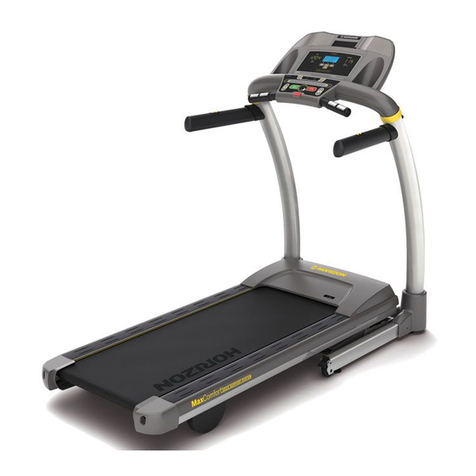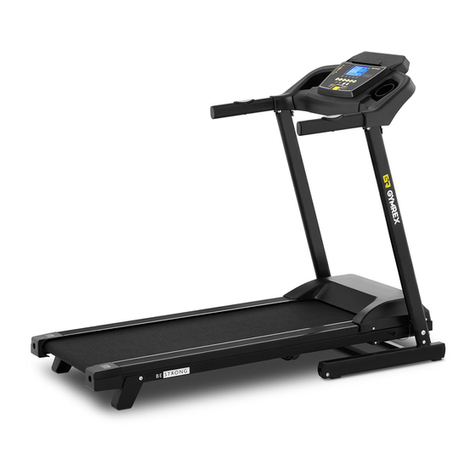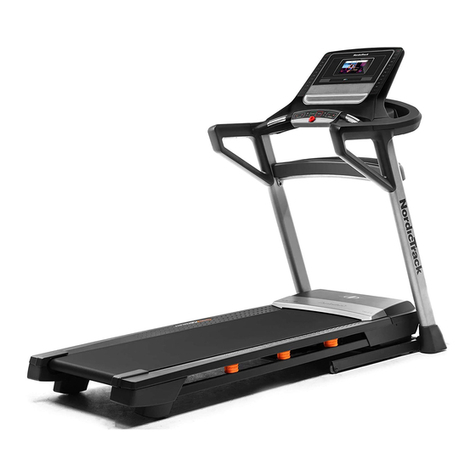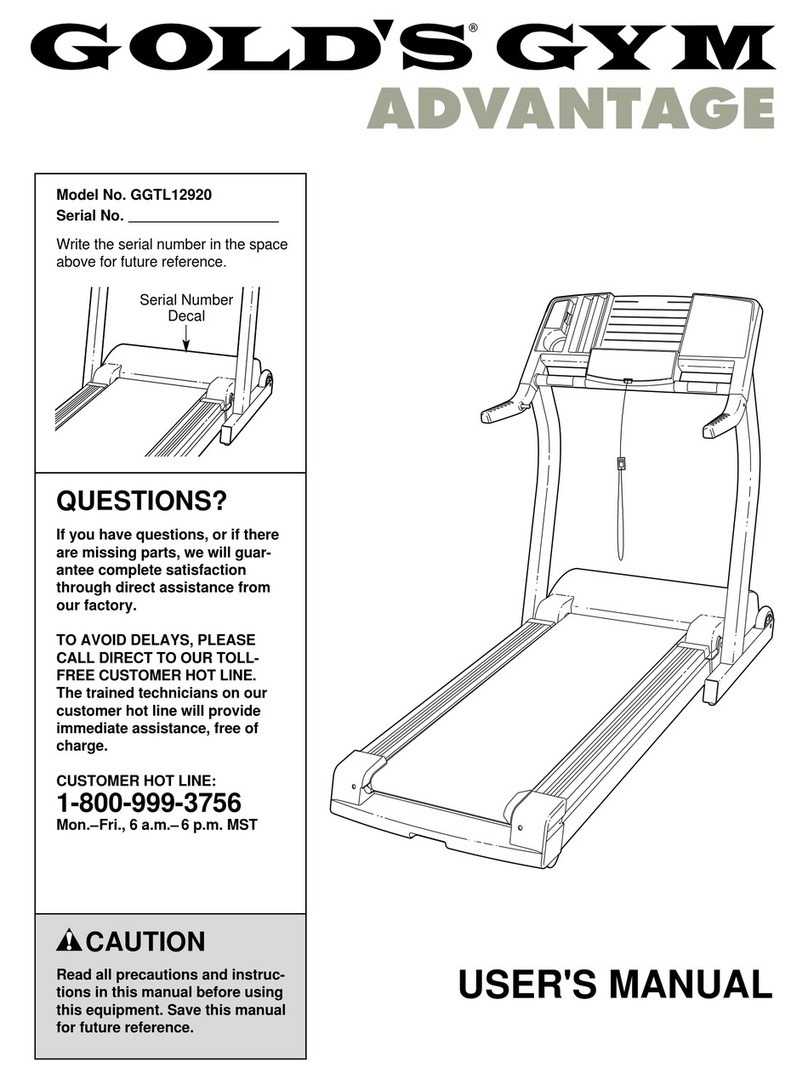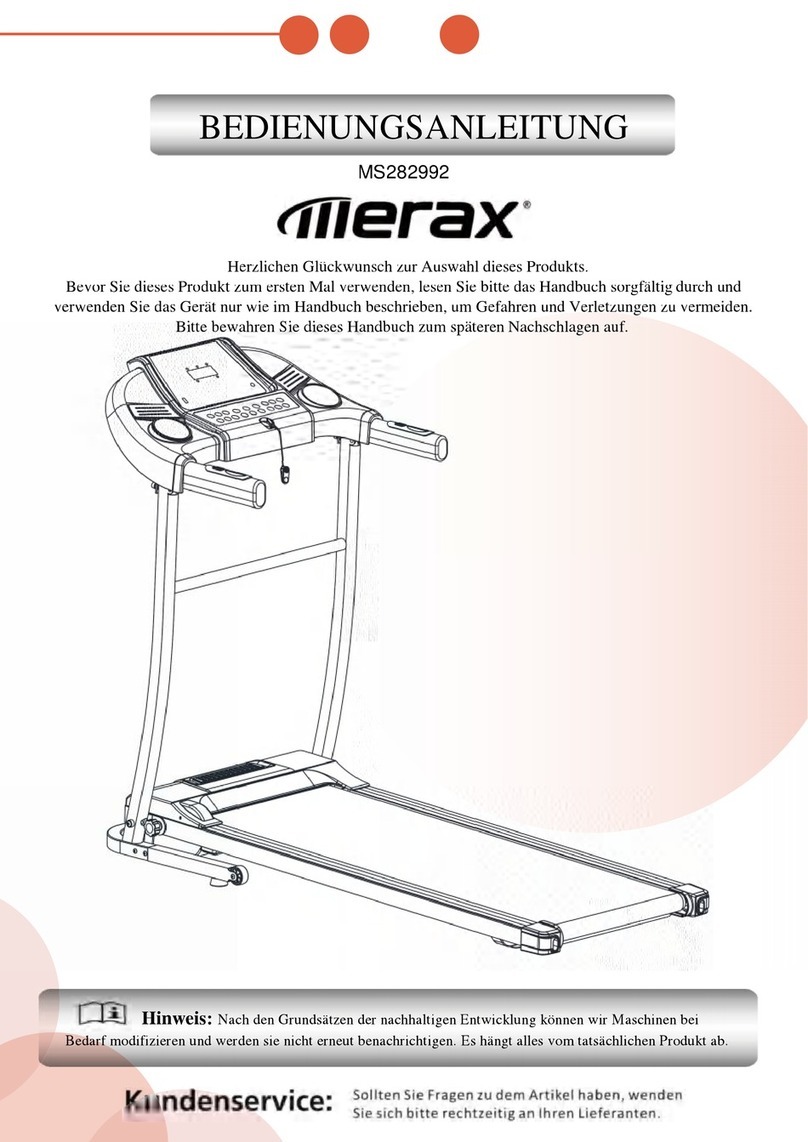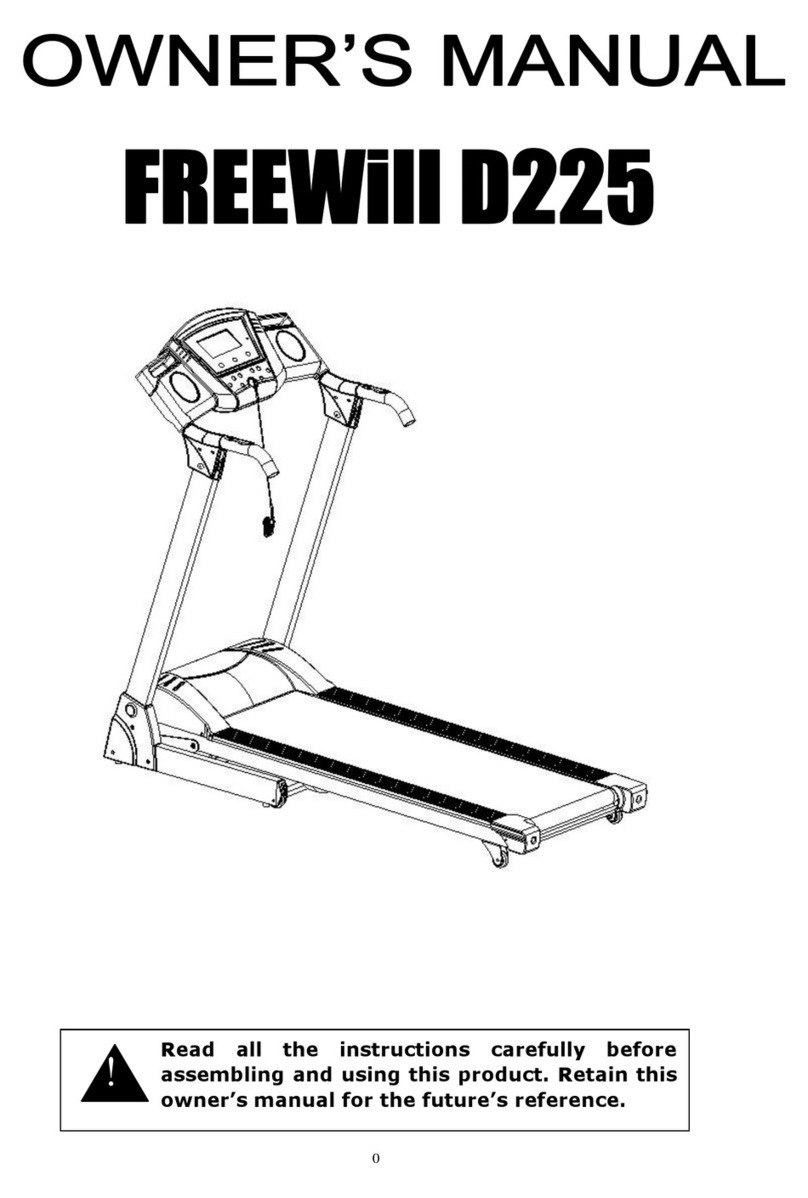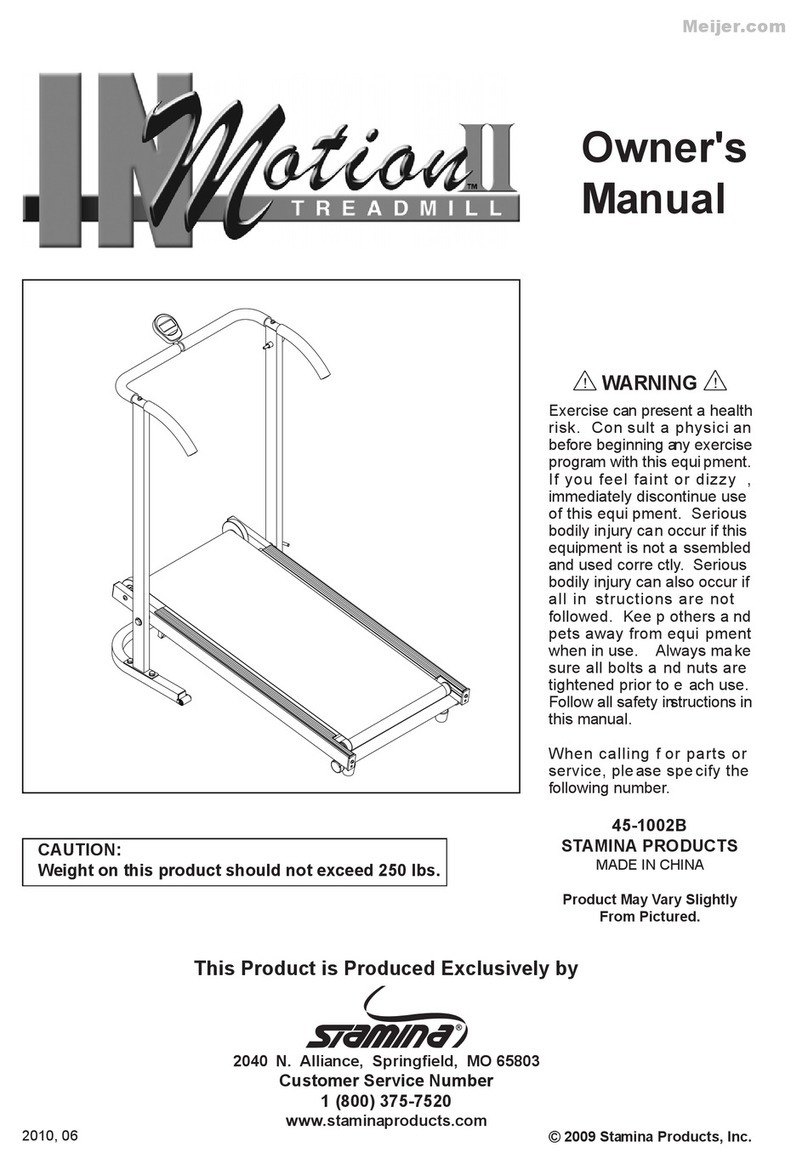Horizon Fitness T101-05 User manual
Other Horizon Fitness Treadmill manuals

Horizon Fitness
Horizon Fitness GOAL GS 1035T User manual

Horizon Fitness
Horizon Fitness T101-04 User manual
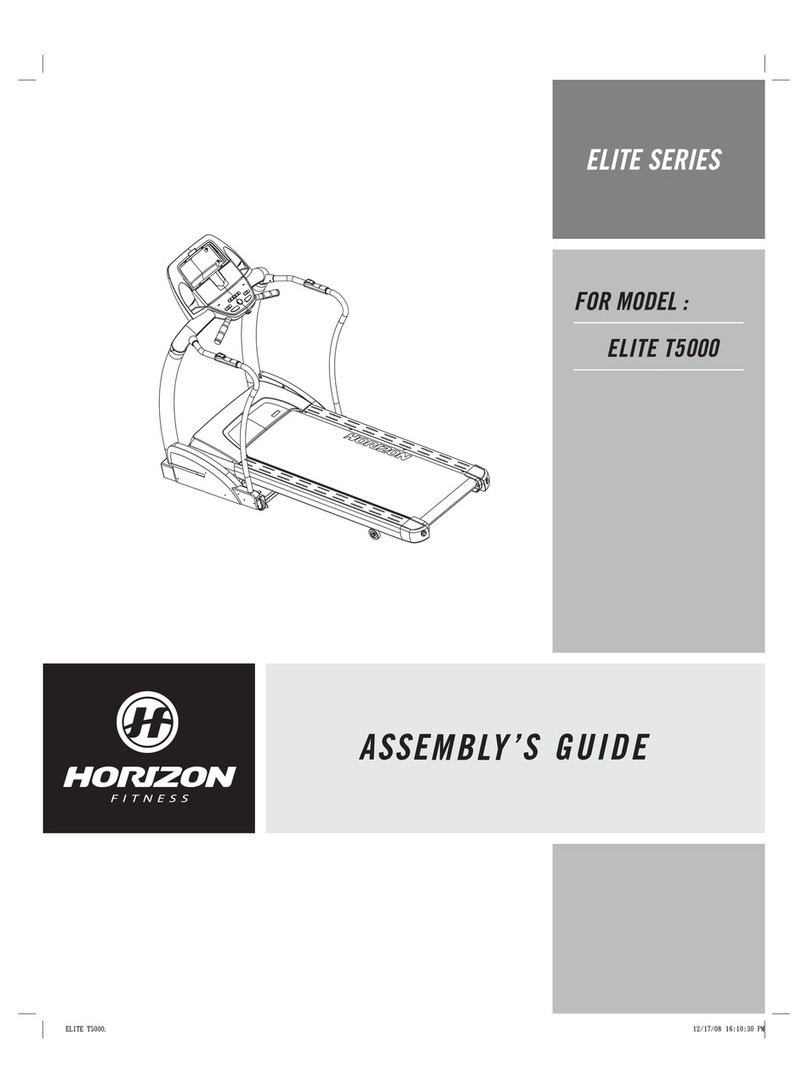
Horizon Fitness
Horizon Fitness ELITE T5000 User manual

Horizon Fitness
Horizon Fitness ELITE 5.1T User manual

Horizon Fitness
Horizon Fitness T500 User manual

Horizon Fitness
Horizon Fitness T74 User manual

Horizon Fitness
Horizon Fitness CT5.1 User manual

Horizon Fitness
Horizon Fitness Adventure 1 Plus User manual

Horizon Fitness
Horizon Fitness 7.8 AT User manual

Horizon Fitness
Horizon Fitness 7.4 AT User manual

Horizon Fitness
Horizon Fitness SL5.0T User manual
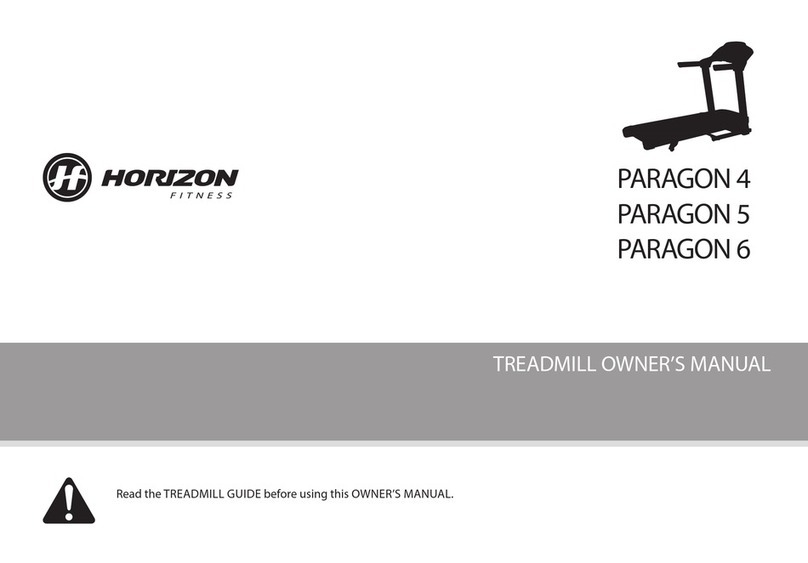
Horizon Fitness
Horizon Fitness PARAGON 6 User manual

Horizon Fitness
Horizon Fitness T605 User manual
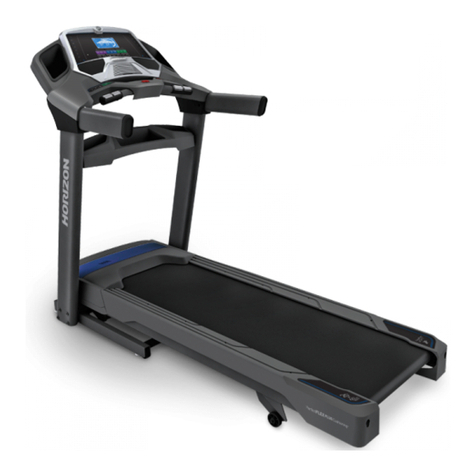
Horizon Fitness
Horizon Fitness T303 User manual

Horizon Fitness
Horizon Fitness HORIZON GS1050T TREADMILL GS1050T User manual

Horizon Fitness
Horizon Fitness PARAGON II User manual

Horizon Fitness
Horizon Fitness OMEGA GT User manual

Horizon Fitness
Horizon Fitness Adventure E User manual

Horizon Fitness
Horizon Fitness OMEGA III HRC User manual

Horizon Fitness
Horizon Fitness TREADMILL ELITE User manual
Popular Treadmill manuals by other brands

Smooth Fitness
Smooth Fitness EVO 3i user manual
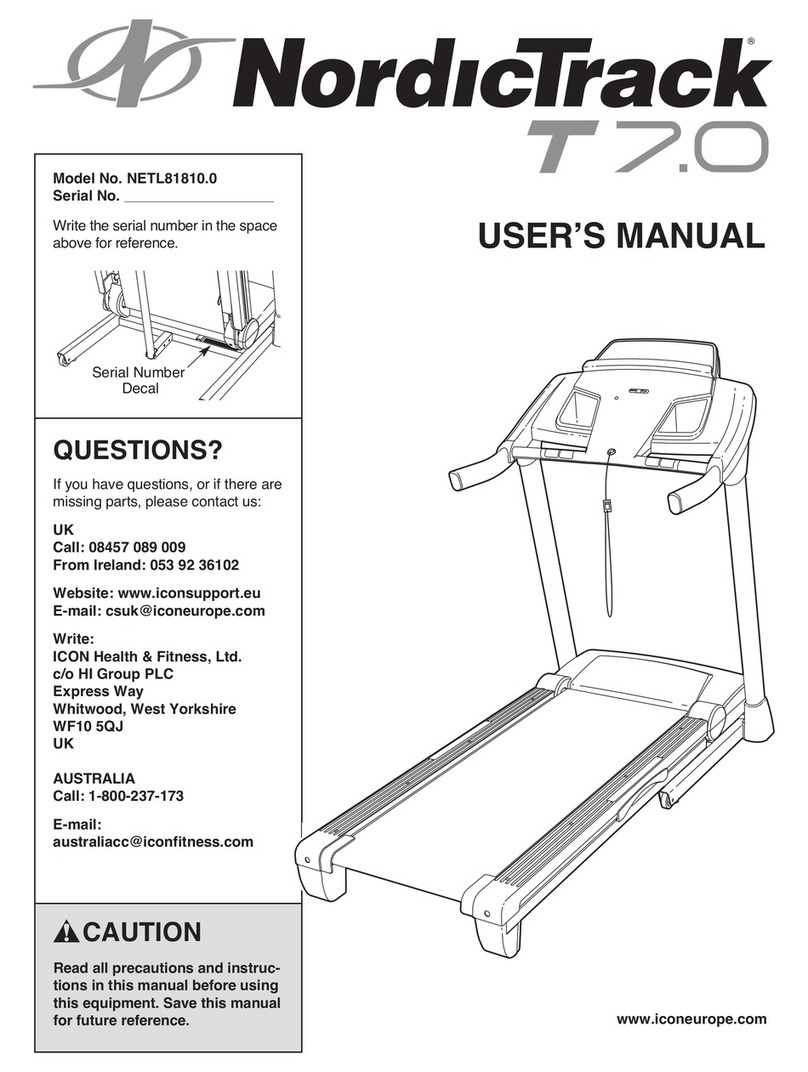
NordicTrack
NordicTrack NETL81810.0 user manual

Schwinn
Schwinn 830/Journey 8.0 Assembly manual / owner's manual

Keys Fitness
Keys Fitness HealthTrainer HT-740T owner's manual

Spirit
Spirit XT8 Service manual
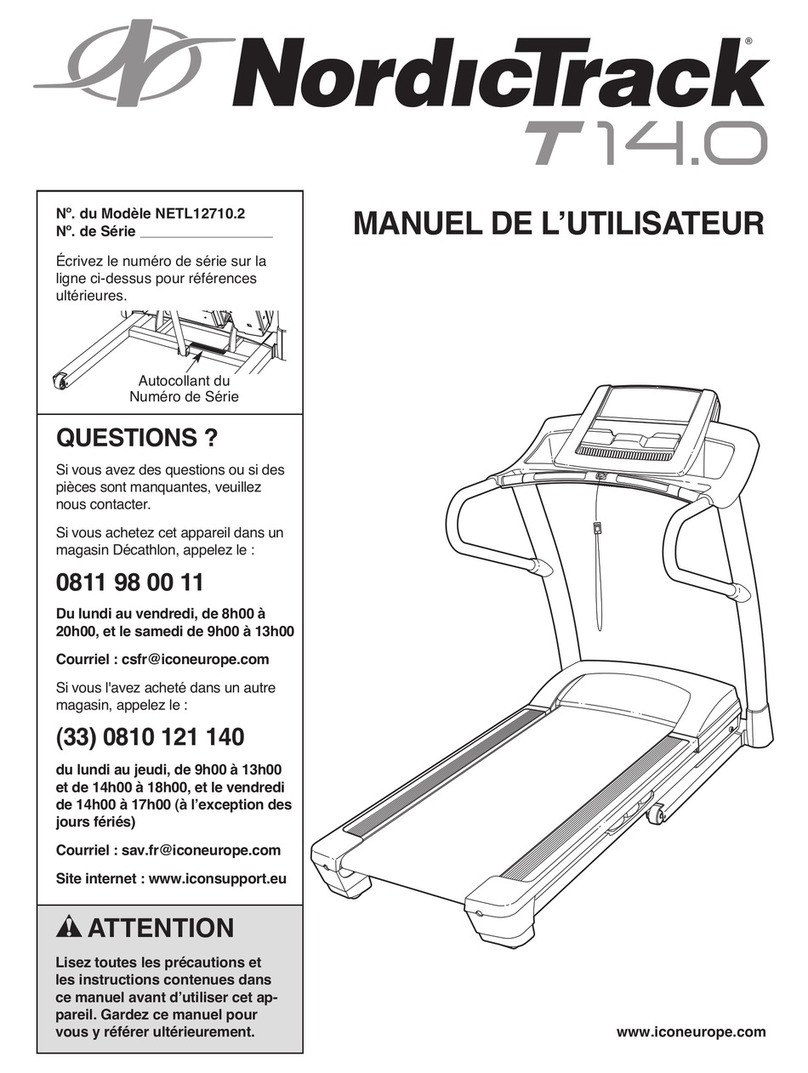
NordicTrack
NordicTrack T 14.0 Treadmill Manuel de l'utilisateur



